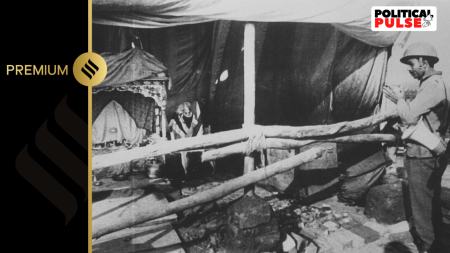India has imported approximately 3.5 lakh tonnes (lt) of di-ammonium phosphate (DAP) fertilizer from Russia, scheduled to arrive between April and July. This occurs despite Western sanctions against Russia following its invasion of Ukraine.
The imports were secured by Indian Potash Ltd, Rashtriya Chemicals & Fertilizers, Chambal Fertilisers, and Krishak Bharati Cooperative at landed prices of $920-925 per tonne, cost plus freight (CFR). These prices are lower than those paid by other countries for DAP, mainly from China, Saudi Arabia, Morocco, and Jordan.
Earlier this month, Bangladesh’s Agriculture Ministry awarded an annual tender for the import of 8.12 lt at $1,020-1,030 per tonne. Similarly, Indonesia and Thailand reportedly paid $992 and $1,000 per tonne CFR, respectively, for shipments of 25,000-26,000 tonnes each. Pakistan has not been able to secure contracts even at $1,030 CFR, with the local currency’s depreciation against the dollar adding to the uncertainty.
India’s agreement to import DAP from Russia’s PhosAgro at $920 per tonne CFR, which is also the government’s price cap for importers, is likely to put pressure on other suppliers, especially Morocco’s OCP Group, China’s YUC, and Saudi Arabia’s Ma’aden and SABIC. They may need to reduce prices to maintain their market share.
Industry sources have stated, “It is a smart strategy to diversify one’s supply sources.” India is also sourcing more DAP from the US for the first time, in addition to Russia, at a discounted international price.
Total DAP import arrivals for April-July are projected to be 9.5-9.8 lt, with approximately 3.5 lt supplied by PhosAgro, and 2.8 lt each from Ma’aden and SABIC, 1.27 lt from YUC, and 1.03 lt from OCP.
In the 2021-22 fiscal year (April-March), India imported 58.60 lt of DAP valued at $4,007.50 million. The majority of the imports came from China (20.43 lt), Saudi Arabia (19.33 lt), Morocco (12.13 lt), and Jordan (2.46 lt).
Importing from Russia has presented challenges due to sanctions, resulting in “innovative methods” for making payments. The seller (PhosAgro) has had to bear the risk, as banks were unwilling to open letters of credit on behalf of the importers. Payments were made by telegraphic transfer to the seller’s account upon the presentation of necessary documents 7-10 days after the cargo had set sail. The total voyage time from Russia’s Baltic Sea ports is 25-30 days.
“The imports have arrived at the right time, as sowings for the kharif season have just started and will peak in July,” the sources added.














+ There are no comments
Add yours